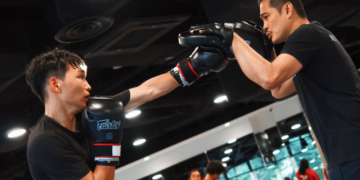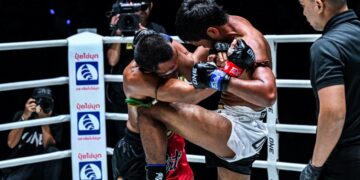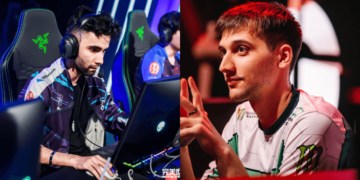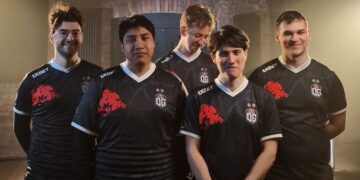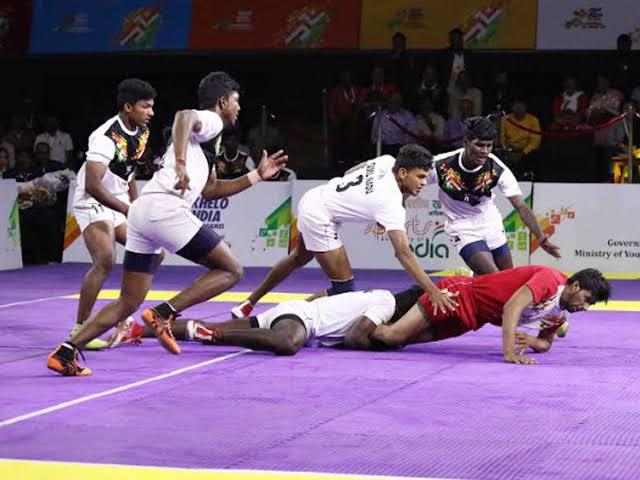
Singapore is a city that moves fast. We surf deadlines, MRT schedules, meetings, and meals. Amid all that motion, running stands out as something constant and pure: you, the road, and your breath. Marathons, in particular, draw people in, not just athletes, but anyone looking to challenge their limits.
In our tropical heat and ever-humid mornings, finishing a marathon isn’t just about physical fitness; it’s about discipline, mindset, and preparation. As more events pop up on the running calendar, more people are asking: How do I go from “I want to run” to “I completed my first 42.195km”?
This article walks you through Singapore’s major upcoming races through the end of the year and gives you a solid plan for training, especially if you’ve never run a marathon before.
What’s Coming Up: Major Singapore Running Events Left In 2025
Here are some of the big races remaining this year. If you’re eyeing your first marathon or want to test yourself in a half or 10km, these are events to keep on your radar:
|
Date |
Event |
Distance(s) Offered |
|
5-7 December 2025 |
Standard Chartered Singapore Marathon |
Full Marathon, Half Marathon, 10 km, 5 km, Ekiden, Kids’ categories |
|
9 November 2025 |
Great Eastern Women’s Run 2025 |
Half Marathon, 10 km, 5 km |
|
12 October 2025 |
Garmin Run Asia Series – Singapore |
Half Marathon, 10 km |
*Exact dates may shift—always verify via official event pages.
The December SCMS remains the most suited for first-timers doing a full marathon—long enough to train, and one of the few full-distance events in our calendar each year.
How To Train For A Marathon (If It’s Your First One)
Training for a marathon is a journey, not just of miles, but the mindset. Here’s how you can move from “never tried” to race-day ready:
- Start Early & Be Realistic: Plan at least 16 weeks of gradual training for a full marathon. Half-marathon prep can be shorter—10-12 weeks or more, depending on your base fitness.
- Build Your Weekly Habits: 3-4 runs a week to start: an easy run, a “long” run, maybe a pace or tempo run, plus recovery jogs. The “long run” distance increases slowly, only about 10% per week so your body adapts without any setbacks.
- Mix It Up: You’ll want to mix in a variety to focus on different aspects:
- Easy runs: comfortable pace, good for building base fitness.
- Tempo or threshold runs: push pace to build endurance.
- Recovery runs: short, easy, helps clear lactic acid.
- One long run per week to condition your body physically and mentally.
- Strength & Mobility: Low-impact strength training (core, glutes, hips) and regular mobility work help prevent your muscles from wearing out. Stretch, foam roll, yoga as appropriate.
- Train In Singapore Conditions: We have humidity, early sun, and heat. Practice runs in the morning or late evening when it’s cooler. Hydrate well. Practice wearing what you’ll race in.
- Nutrition & Hydration Strategy: Work out your fueling ahead of time. What kind of carbs to consume, recovery gels, or even snacks your body tolerates. Learn your hydration needs, especially in tropical weather.
Race Day Preparation
In the final stretch (last 1–2 weeks), dial in these habits:
- Taper: Reduce mileage so your body is rested. Keep light runs to stay loose.
- Sleep & Rest: Aim for good rest and avoid overtraining or new workouts close to race day.
- Gear Check: Shoes, socks, clothes, race bib, timing chip, nutrition. Practice with them in training, so nothing surprises you.
- Route Familiarity: Know terrain, elevation, water/refreshment stations, and weather forecast.
- Mental Prep & Pacing Plan: Have a strategy, don’t go out too fast. It’s easy to get swept up in the crowd, but the last thing you want is burnout in mid-race.
Why This Matters
- Having scheduled events gives you a target. Goals make you consistent.
- Training for a marathon builds endurance, mental toughness, and self-discipline. All of which are skills that carry over into work, family, and general health.
- Adapting to Singapore’s heat, public transport commutes, and busy lifestyle means you’ll learn resilience.
FAQ: First-Timer Marathon Questions
Q: Full Or Half Marathon For A First?
A: If you’ve never done one before, a half-marathon is usually safer and more manageable. It gives you the race-day experience without as much risk to joints or overuse.
Q: How Many Days Per Week Should I Train?
A: 3-4 runs per week works well: 2-3 moderate/easy runs, 1 longer run. Add rest or cross-training days in between.
Q: What About Missing A Week Or Two Of Training?
A: Don’t panic. Missed weeks happen. Adjust your plan, reduce distance or intensity and build back gradually. Better to go into race day undertrained but healthy than overtrained and injured.
Q: How Important Is Pacing?
A: Very. Start slower than you think you can finish. Conserving energy early means you’ll finish strong. Pacing badly is the most common way first-timers suffer late in the race.
Try Martial Arts As Part Of Your Marathon Training
Marathon training isn’t just about pounding pavement, it’s about building a strong, resilient body and mind. Martial arts can be the perfect cross-training companion for runners, helping improve core strength, mobility, balance, and mental focus. Striking or grappling drills challenge different muscle groups, reducing the risk of wearing out your joints from repetitive running, while the mental discipline developed in martial arts complements the focus needed for long-distance races. If you’re preparing for your next marathon, try a complimentary trial class at Evolve MMA and experience how it can elevate your training and mindset!
Book your complimentary trial class with our World Champions below!
If you have any other questions regarding Evolve MMA and the programs we offer, you can get in touch with our membership executives at the following locations:
Evolve MMA (Orchard Central)
181 Orchard Road
#06-01 Orchard Central
Singapore 238896
Phone: Evolve MMA (KINEX)
11 Tanjong Katong Road
#02-52 KINEX
Singapore 437157
Phone: Evolve MMA (Star Vista)
1 Vista Exchange Green
#02-26A The Star Vista
Singapore 138617
Phone: (65) 6539 9590
Ask any Singaporean about life in the city, and one theme pops up again and again: convenience. Whether it’s food delivery apps, cashless payment systems, or 24-hour services, Singapore is built around efficiency. The same…
Martial arts have long been associated with self-defense and fitness, but its benefits go far beyond physical ability. For many, the journey of training becomes a path of personal development. Many people step into martial…
Choosing the right martial arts academy in Singapore can feel overwhelming. With so many gyms scattered across the island, from boutique dojos tucked into neighborhood corners to large academies in the heart of the CBD,…
Fitness in Singapore has always been shaped by the demands of a busy lifestyle. For many, working late hours or managing family commitments means that mornings and afternoons are rarely free for exercise. Over the…
Fitness in Singapore has evolved beyond traditional gym routines and long-distance running. Today, many people are exploring newer, more engaging forms of exercise that combine fun, variety, and long-term health benefits. Whether your goal is…
National Day in Singapore is more than just fireworks and parades. It is a moment of pride, rest, and reflection—a time when families, friends, and individuals step back from the usual routine and enjoy what…
Freestyle and folkstyle wrestling are two of the most popular grappling systems in the world. Wrestling is one of the first sports ever developed, and virtually every culture in the world has some sort of…
Boxing fans around the world are still buzzing after Terence “Bud” Crawford pulled off one of the most remarkable victories in modern boxing. Last Saturday, Crawford moved up two weight divisions to defeat Canelo Álvarez,…
In Brazilian Jiu-Jitsu, belts represent progression, skill, and time spent on the mats. But the system for children is different from adults. Because kids mature physically, mentally, and emotionally at different rates, the International Brazilian…
Muay Thai is celebrated worldwide as the art of eight limbs, but within its long history are traditional regional styles that shaped the sport as we know it today. Among these is Muay Thasao, a…
Modern work often means long hours at a desk, especially in busy cities where office life is the norm for many professionals. While sitting may feel harmless, remaining in one position for extended periods can…
Most people start martial arts for the physical benefits, to get fitter, stronger, or learn how to defend themselves. But talk to anyone who has been training for months or years, and you’ll often hear…










